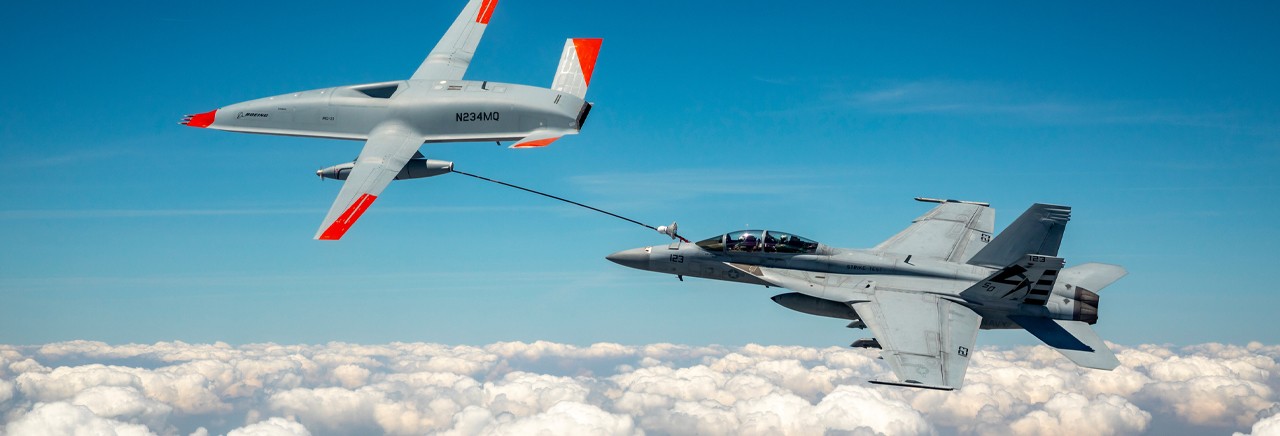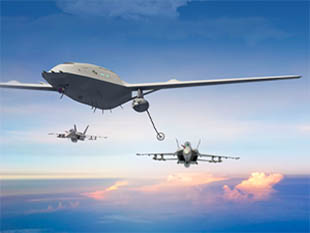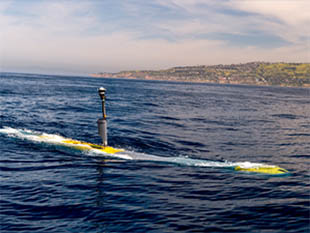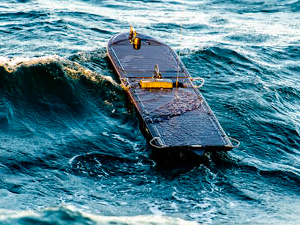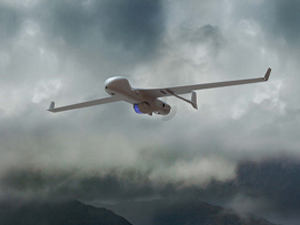"It is imperative that we employ new and different strategies to win the future fight. Unmanned concepts allow us to rewrite the narrative on traditional warfare. Through a capabilities-based approach we can build a future where unmanned systems are at the front lines of our competitive advantage." -- 2021 Department of the Navy Unmanned Campaign Framework.
Above, on, and below the sea, Boeing is redefining the art of the possible using the power of autonomy to further expand and extend the Navy’s ability to command the vast maritime domain.
In a future where decisive naval power will require a resilient, robust network that links all assets across the Navy, Joint Force, and combined forces, Boeing’s ability to network unmanned systems with manned assets brings the Navy’s Distributed Maritime Operations vision from concept to reality.
